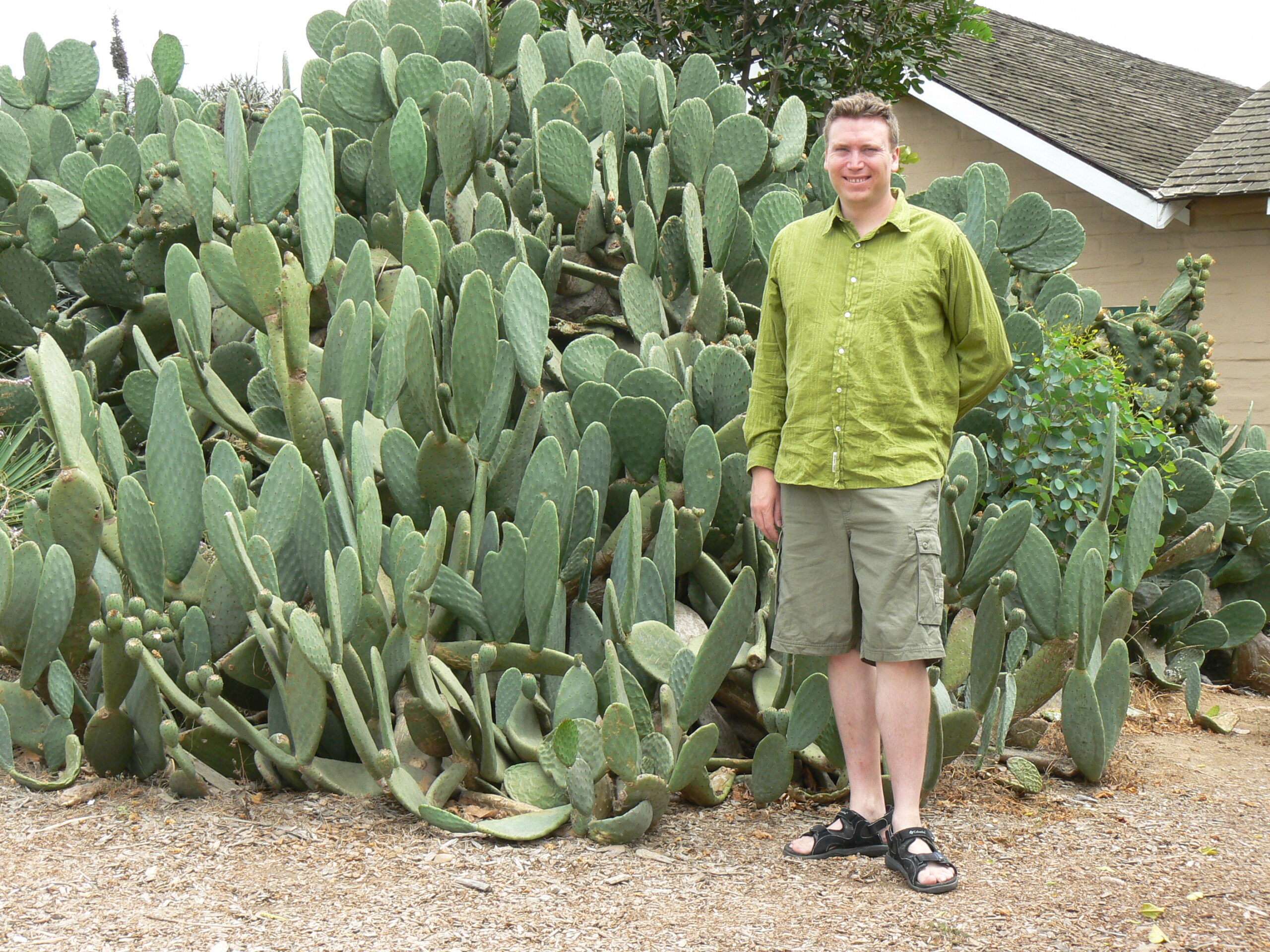The French call it Mardi Gras, made most famous by the bacchanal in New Orleans each February. The English call it Shrove Tuesday or Fat Tuesday, depending on just how devout you are. Some people call it Pancake Tuesday, after the high-fat meals enjoyed on that day.
The largest celebration of this day takes place in Brazil, with Carnaval boasting every type of excess to be found on the streets of Rio de Janeiro. Drawing over 5 million visitors each year, Brazil’s Carnaval has its roots in the pagan festival of Saturnalia, but was co-opted by the Catholic church when Portuguese missionaries were converting the pagans many centuries ago.
Whatever you want to call it, the traditional day of celebrating excess has just passed us by, and the more pious readers in the audience may already be abstaining from all types of earthly pleasures from now until a feast on Easter Sunday. Yes gentle reader, the season of Lent is upon us again, those forty days and forty nights of self-denial and introspection are in full swing, and your humble narrator is taking part this year.
Being insufficiently pious to give up all fermented and distilled treats, I will be spending the Lenten season consuming only the beverages of the Ancient Romans, from whom the season of Lent originates. Yes, gentle reader, no delicious craft beer, nor patiently aged Scotch whisky shall pass my lips for 40 days and 40 nights, as I have given them up for Lent.
Luckily, the Ancient Romans were pretty good at making wine, so I am spending the season of Lent sampling fine Italian wines. The hot Italian wines of today are the Super Tuscans, from the Tuscany region that has been producing wine for millenia.
For those not intimately familiar with Italian wines, Tuscany is one of Italy’s best-known wine regions, and consistently produces much of world’s premium wines, at the expected premium prices.
The Tuscany region has been known as the home of Chianti wines for centuries, which have been consistently popular.
However, as consumer tastes changed over the decades, the Tuscan wine producers found themselves hamstrung by excessive regulations as to how each wine varietal could be labeled, and how wines from different vineyards could be blended. In a nutshell, government regulations restricted all wine labeled as Chianti to be at least 80% Sangiovese grapes, with only small amounts from tightly restricted geographically clustered vineyards permissible for blending.
Eventually, the red tape became too much to bear, so the unofficial and unsanctioned category of Super Tuscans was born during the last days of disco in the late 1970s.
The Super Tuscan blends did away with the strict geographical restrictions on labeling, and allowed the winemakers to experiment with non-native grape varietals like Merlot and Cabernet Sauvignon.
The Super Tuscans exploded in popularity in the 1980s, and continue to command high prices today. There is still plenty of the Sangiovese grape varietal in the Super Tuscans, but Bordeaux-style varietals like Cabernet Franc or Syrah are blended with the Sangiovese for a more balanced wine.
In some ways, the Super Tuscan label is similar to North America’s Meritage appellation, in that it is an entirely made-up label for marketing purposes that was created to get around requirements for the geographic origins of the grapes.
The Super Tuscan wines tend to be medium-bodied with plenty of tannin structure, making them particularly good when paired with lasagna or spaghetti.
Your humble narrator does a lot of his wine drinking in dens of iniquity without full kitchens, so there is much imbibing sans victuals. When enjoying Tuscan wines on their own, you will commonly find them to have overtones of red cherries and other ripe fruits, followed by spicy cinnamon or peppery hints on the finish.
Prices for Tuscan wines will vary from plonk table wine that can be had for under $15, all the way up to thousands of dollars for the most premium blends.
Luckily, most well-stocked booze merchants in Alberta focus on the mass market, and have plenty of reasonably priced Tuscans that will only set you back around $25. The labels can be a bit confusing, so ask your friendly liquor seller for help if your eyes start to glaze over while wandering the aisles of your local liquor store






